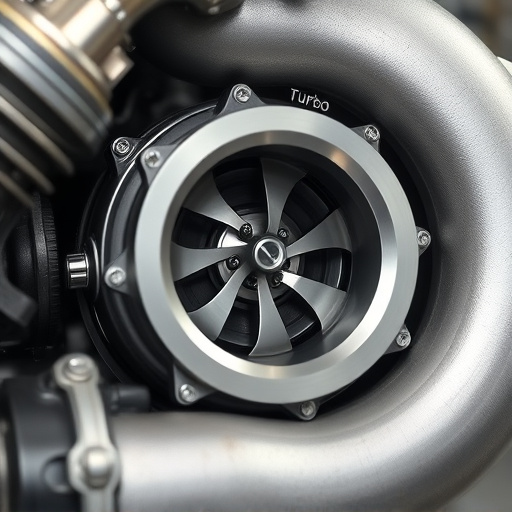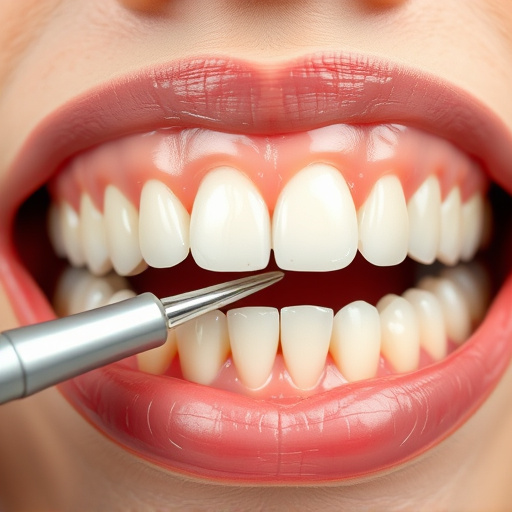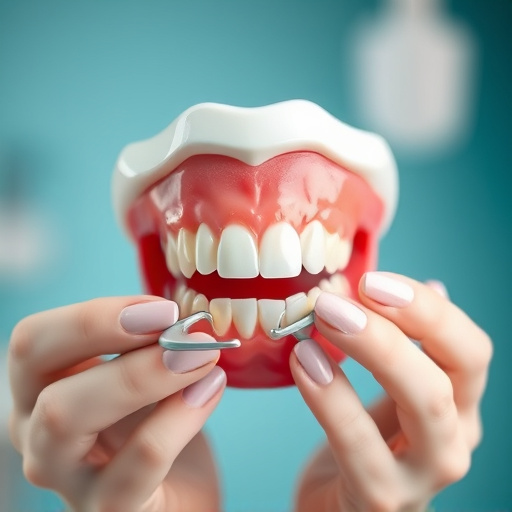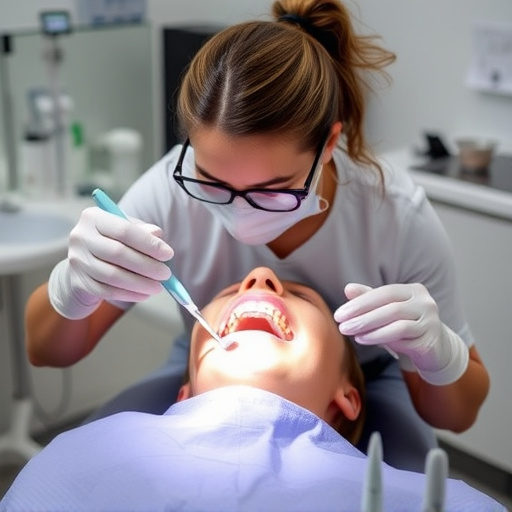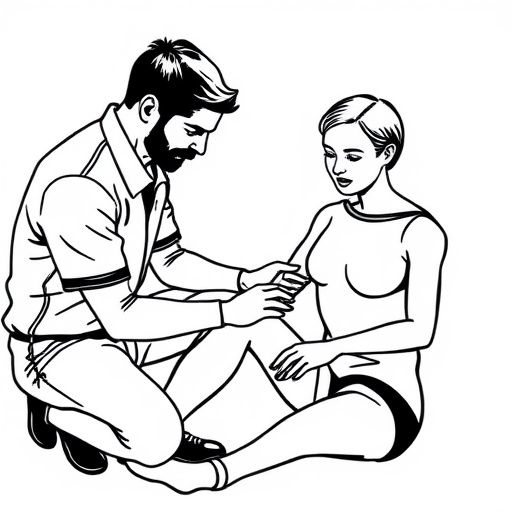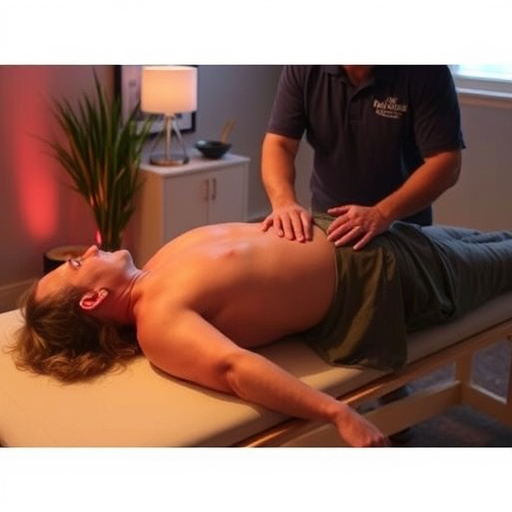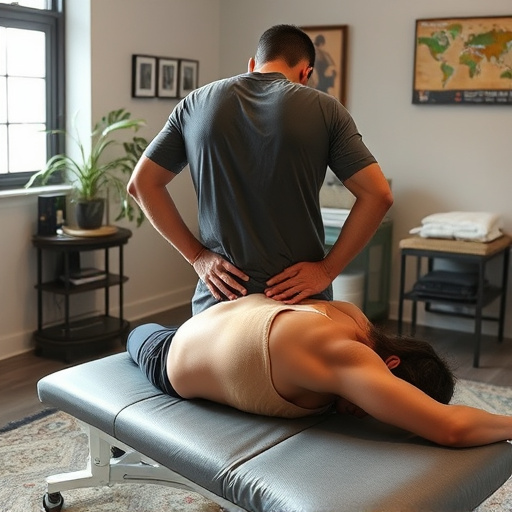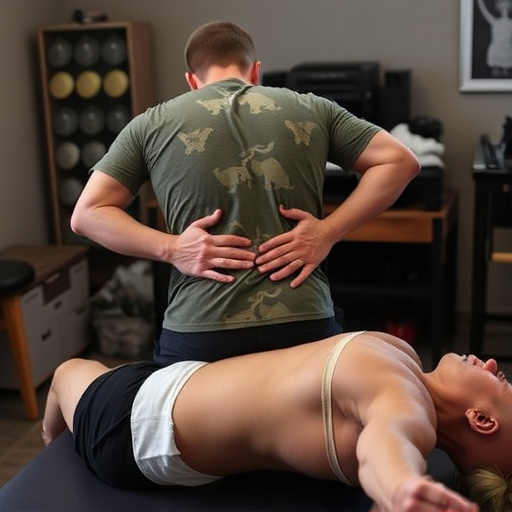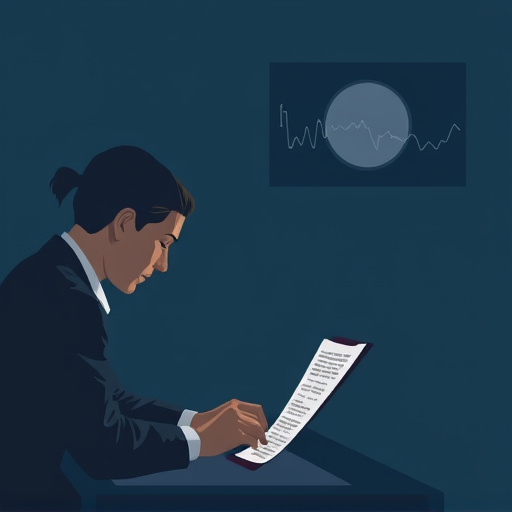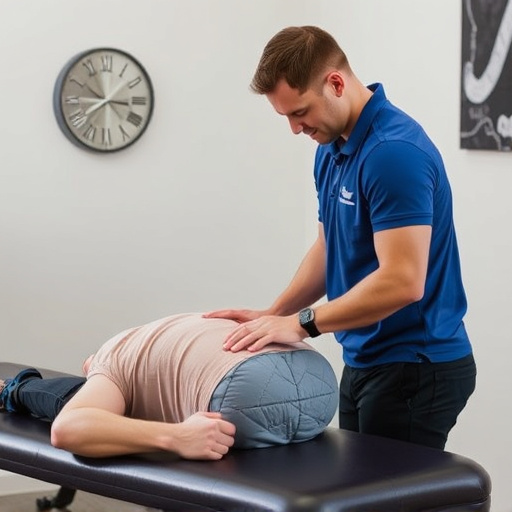Ergonomic injuries, caused by sedentary work or repetitive tasks, require personalized treatment plans combining exercises, environmental changes, and therapeutic techniques like massage. Massage therapy, a game-changer in ergonomic injury treatment, accelerates healing by stimulating blood flow, reducing muscle tension, and promoting flexibility, complementing other modalities for improved mobility and self-healing. An integrated approach with conventional protocols like chiropractic adjustments holistically addresses physical and emotional aspects of ergonomic injury treatment, effectively relieving conditions like sciatica.
In today’s sedentary world, ergonomic injuries are on the rise. Combining massage therapy with ergonomic injury treatment protocols offers a holistic approach to healing and prevention. This article delves into understanding ergonomic injuries and their impact, exploring how massage therapy acts as a complementary treatment, and providing insights on integrating various techniques for optimal recovery. By merging these effective strategies, individuals can experience faster relief, improved flexibility, and enhanced overall well-being.
- Understanding Ergonomic Injuries and Their Impact
- Massage Therapy: A Complementary Approach
- Integrating Techniques for Optimal Healing
Understanding Ergonomic Injuries and Their Impact

Ergonomic injuries are a growing concern in today’s world, where many individuals spend long hours sitting at desks or staring at screens. These injuries result from poor posture, repetitive motions, or prolonged exposure to harmful environments, leading to various discomforts and pain. Common ergonomic injury symptoms include neck strain, backaches, carpal tunnel syndrome, and whiplash.
Understanding the impact of these injuries is crucial for effective treatment. Many traditional approaches focus on addressing the symptoms alone, but a comprehensive approach involves personalized treatment plans tailored to each individual’s unique needs. This may include exercises to improve posture, modifications in work environments, and various therapeutic techniques such as massage therapy. Incorporating wellness care into the ergonomic injury treatment protocol can significantly enhance recovery by reducing pain, improving mobility, and fostering overall well-being.
Massage Therapy: A Complementary Approach

Massage therapy has emerged as a powerful complementary approach within the realm of ergonomic injury treatment protocols. By focusing on the body’s soft tissues, massage can provide significant relief and accelerate the healing process for individuals suffering from musculoskeletal disorders related to their work environments. This ancient practice stimulates blood flow, reduces muscle tension, and promotes overall flexibility, all of which are crucial elements in the rehab services journey towards functional rehabilitation.
In combination with other therapeutic modalities such as shockwave therapy, massage becomes an integral part of a comprehensive treatment plan. It aids in breaking down scar tissue, improving joint mobility, and enhancing the body’s natural ability to heal itself. Moreover, the tactile nature of massage can offer psychological benefits by reducing stress and anxiety, common issues that often accompany chronic ergonomic injuries.
Integrating Techniques for Optimal Healing
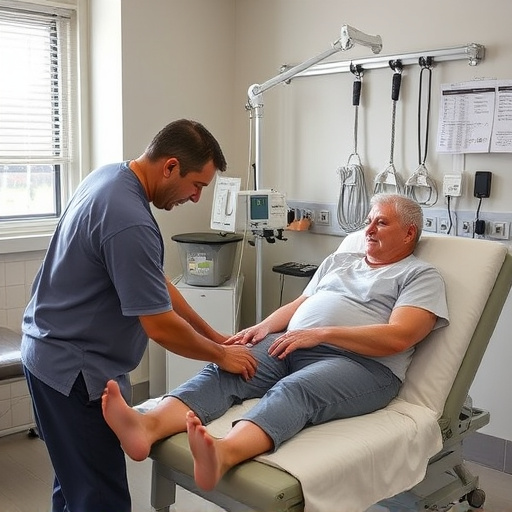
In the realm of ergonomic injury treatment, integrating massage techniques with conventional protocols offers a holistic approach to optimal healing. Massage therapy plays a pivotal role in post-injury care by improving circulation, reducing muscle tension, and facilitating the body’s natural recovery mechanisms. When combined with personalized injury chiropractic adjustments, this synergistic combination can provide even more comprehensive relief for conditions like sciatica treatment.
By merging these therapeutic modalities, practitioners create an environment that supports both physical and emotional well-being. Massage helps to release endorphins, known as the “feel-good” hormones, which can alleviate pain and promote a sense of relaxation. Meanwhile, ergonomic injury treatments focus on addressing the underlying structural issues, ensuring proper alignment and supporting the body’s natural ability to heal itself, especially in cases of personal injury chiropractic adjustments for sciatica.
Combining massage with ergonomic injury treatment protocols offers a holistic approach to healing. By integrating these techniques, individuals can experience faster recovery times and improved overall well-being. Massage therapy complements ergonomic interventions by reducing muscle tension, promoting blood flow, and enhancing flexibility—all crucial aspects of ergonomic injury treatment. This symbiotic combination not only addresses the physical symptoms but also supports mental relaxation and stress reduction, contributing to a more comfortable and productive work environment.
